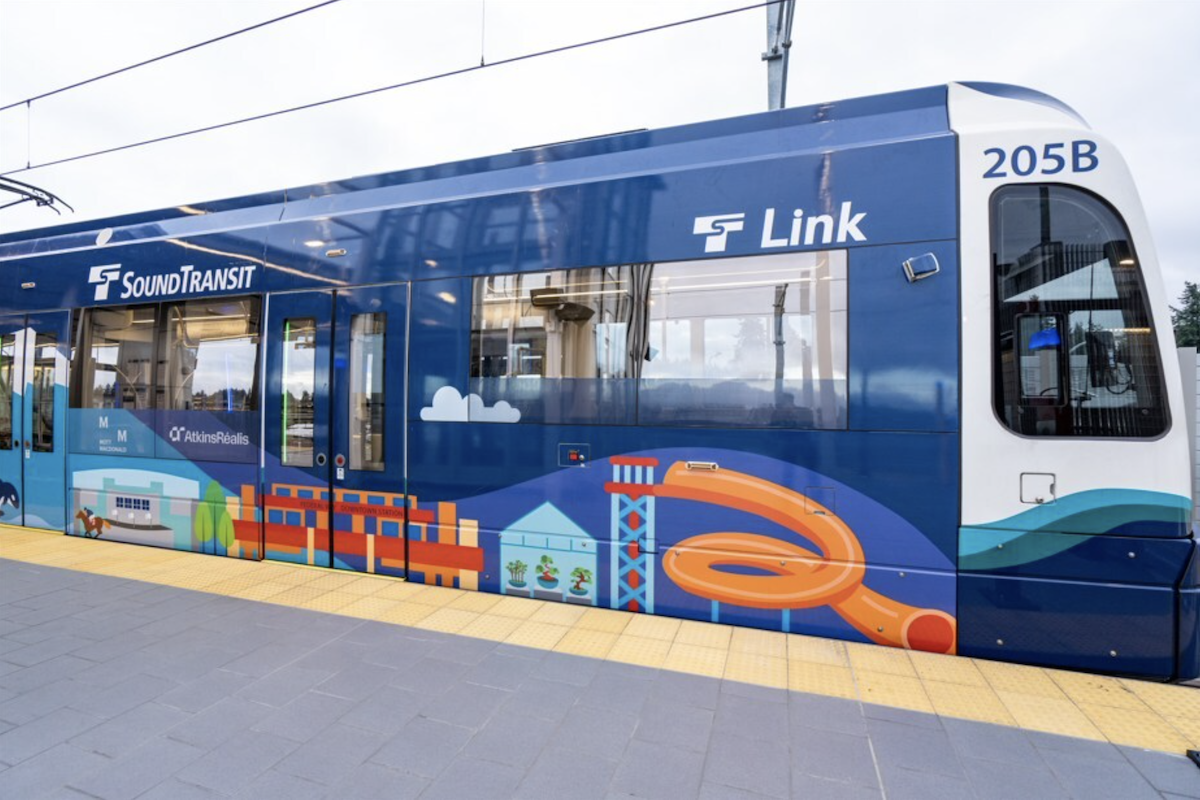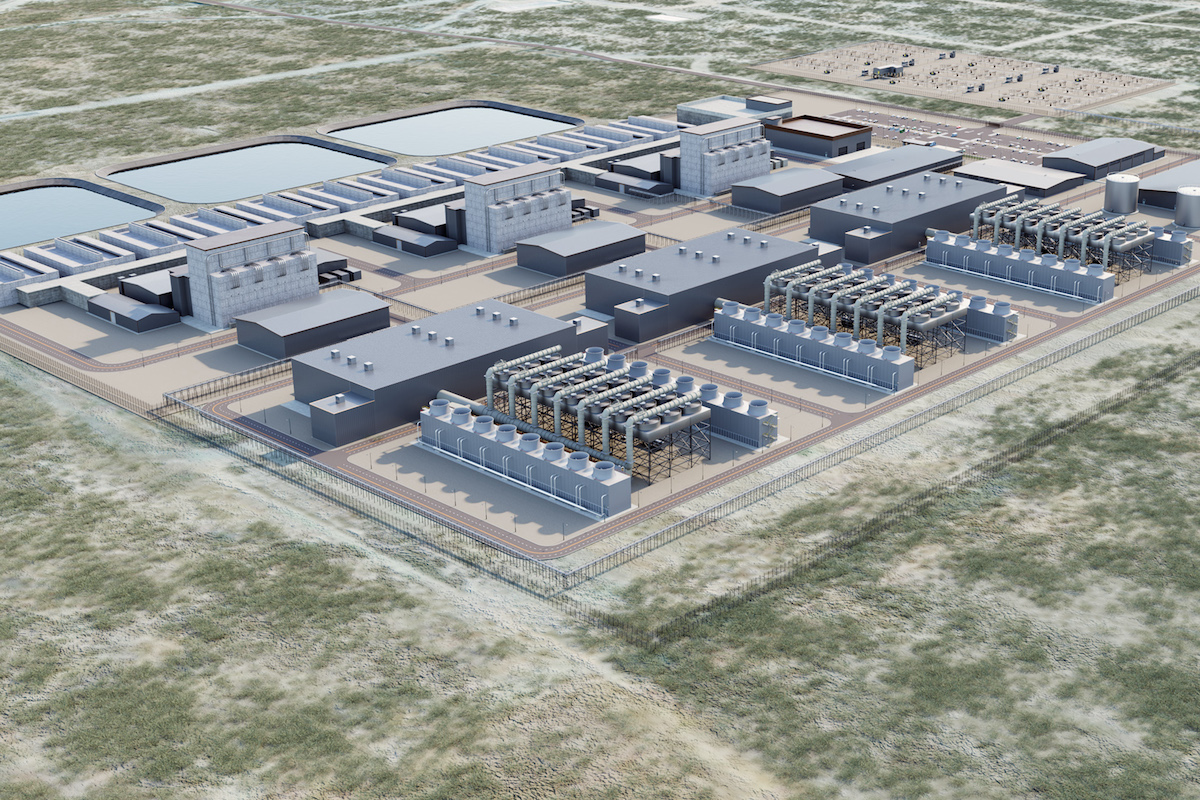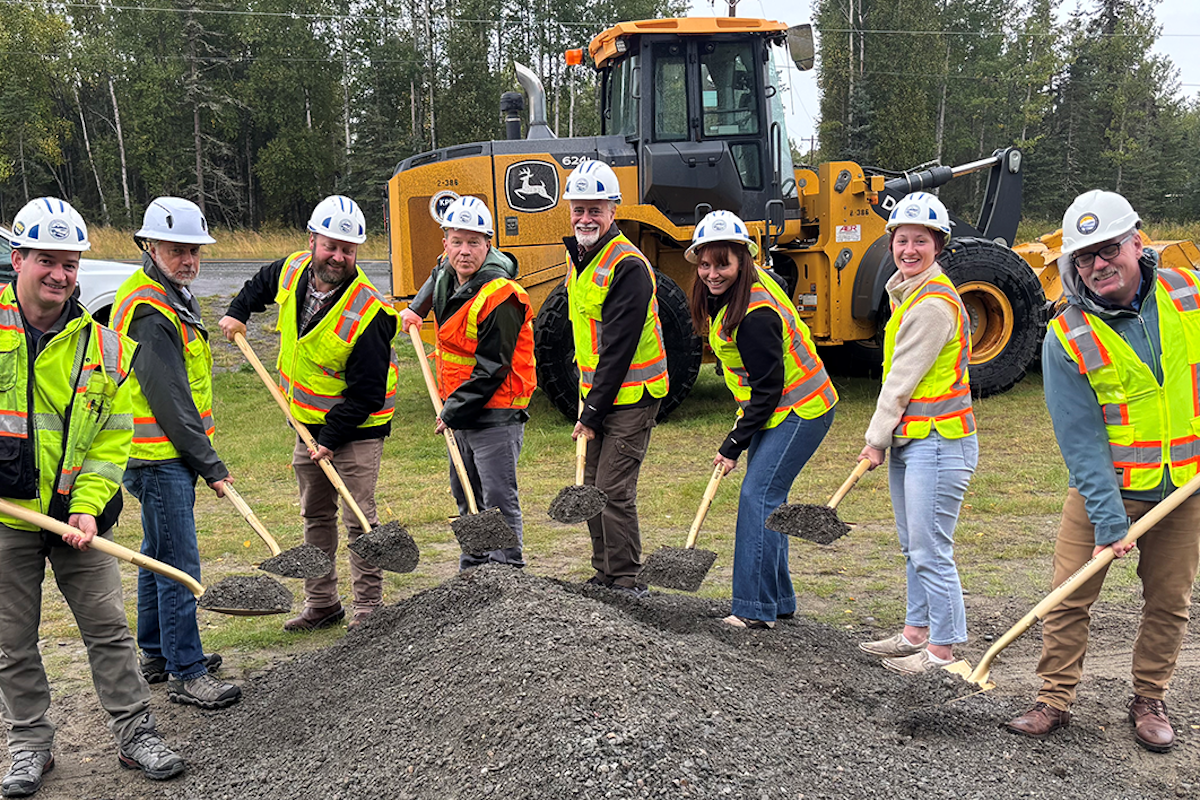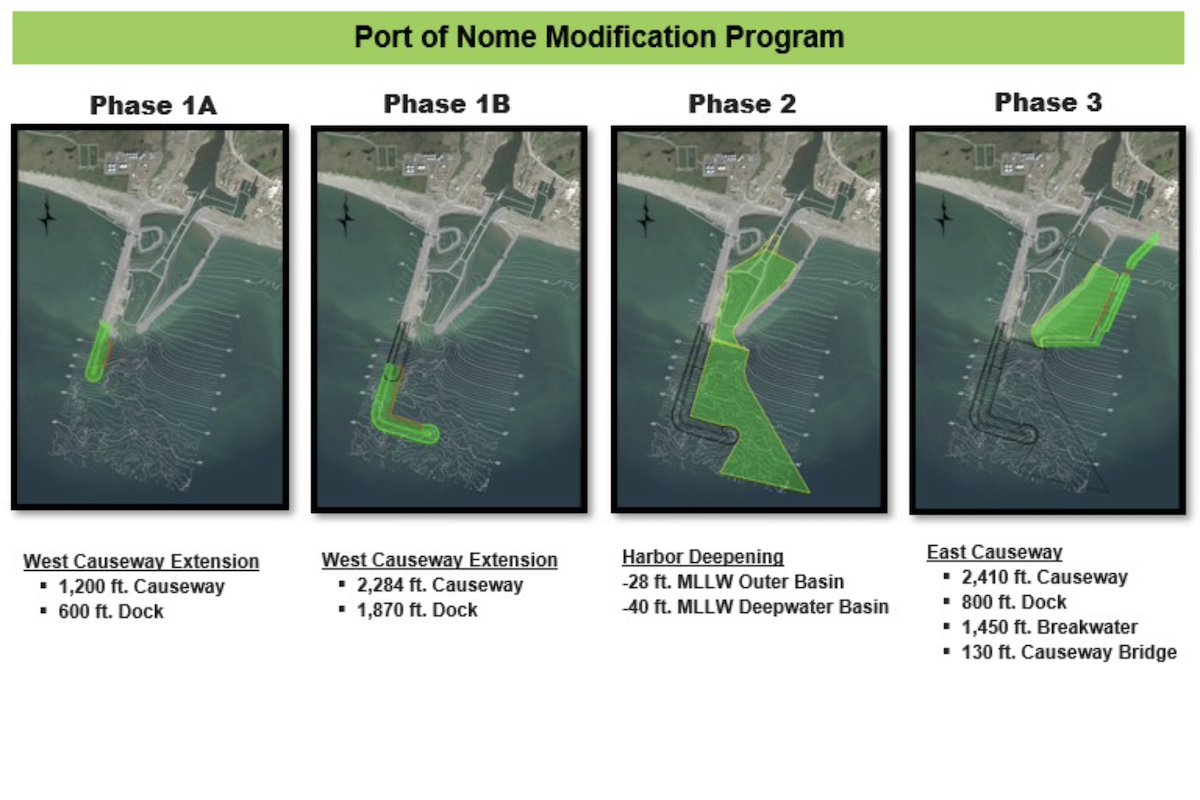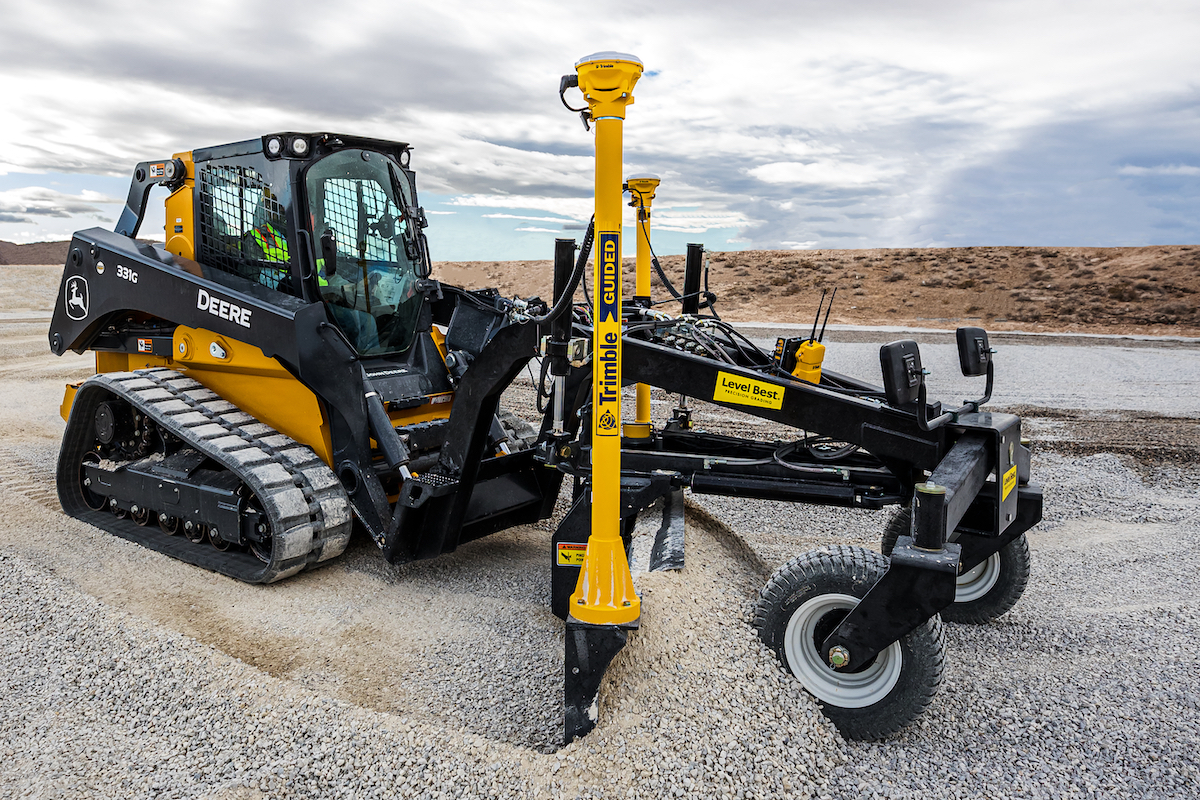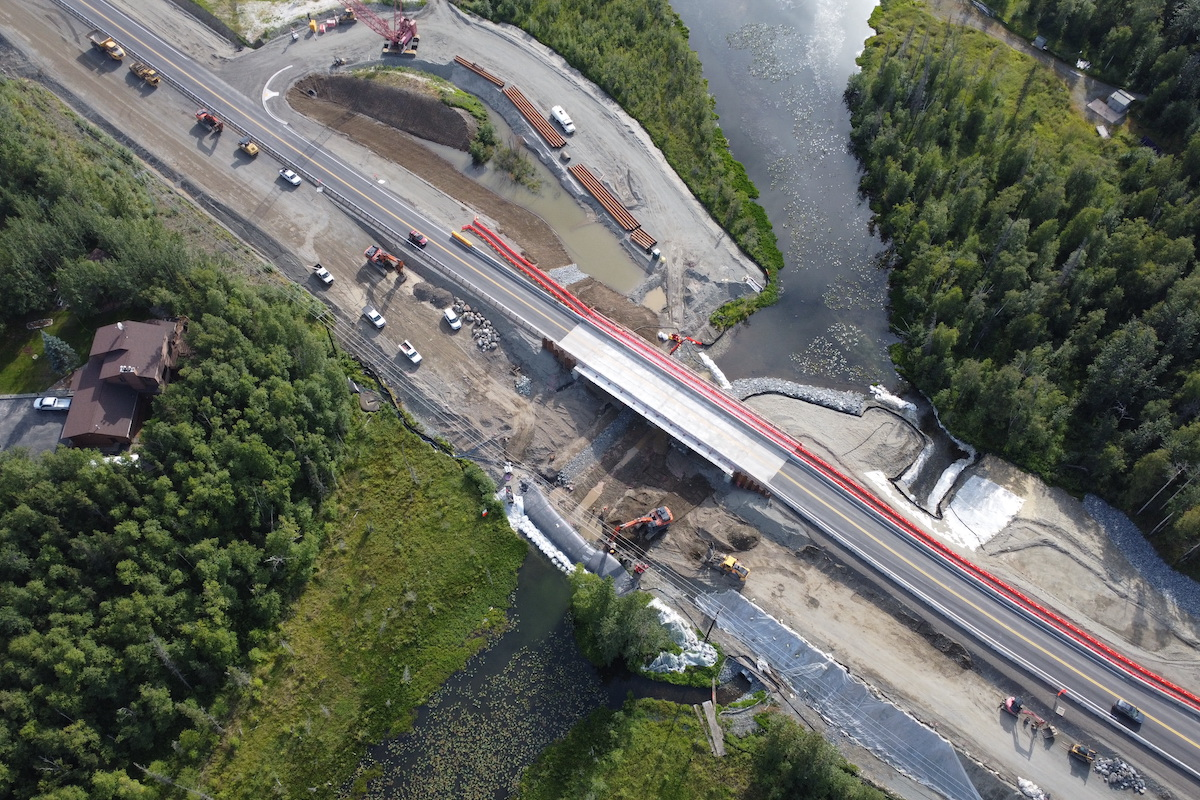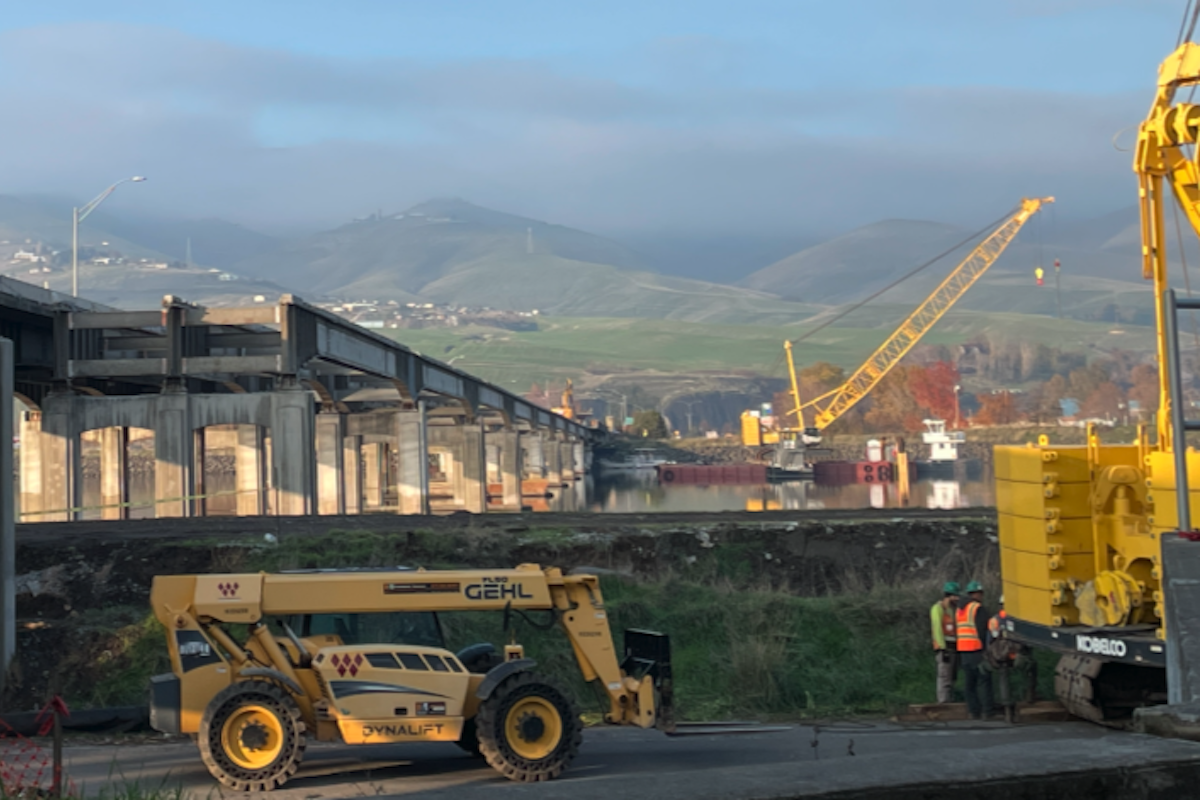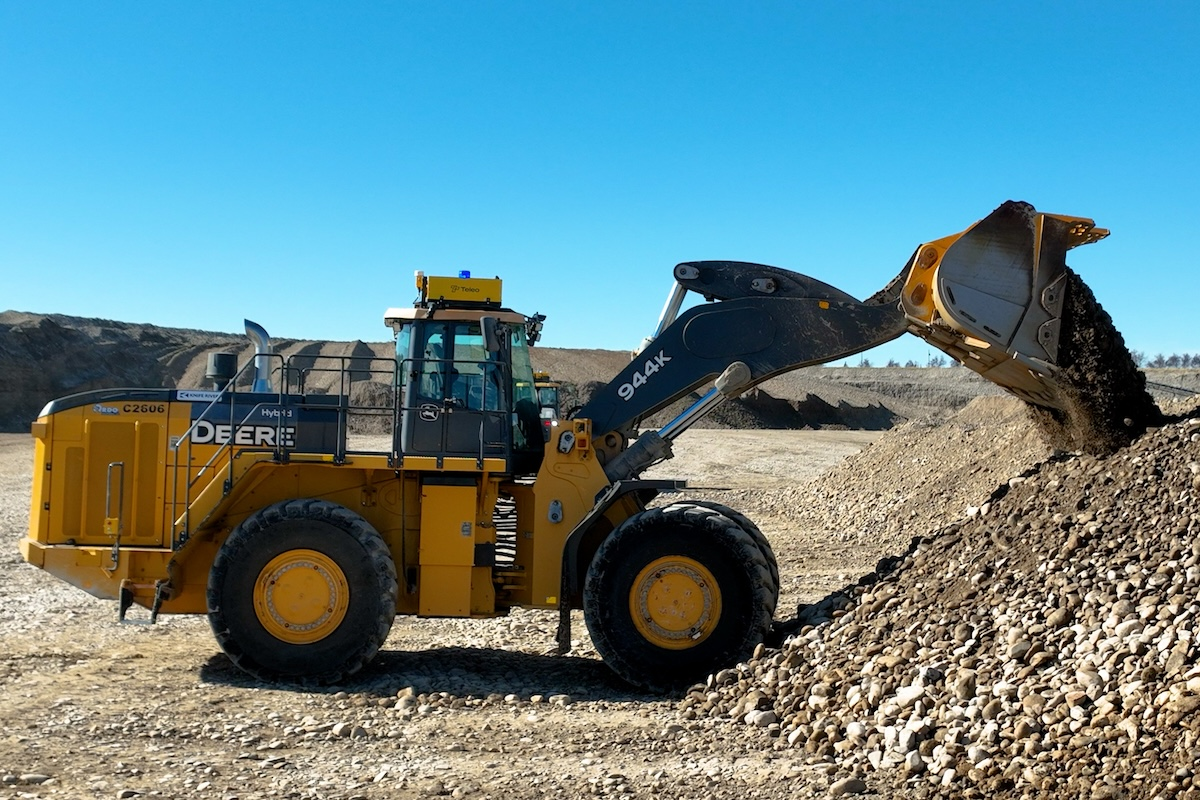Selecting the ideal water tank for a construction operation requires careful consideration of all aspects of water tank design. This includes shape, baffling, water movement and ease of maintenance. After all, the right equipment choice could increase productivity by nearly 40 percent, while the wrong choice could lead to wasted time and resources.
Uneven and soft footing are hazards of every road and construction site, making equipment stability a key concern. Even seasoned operators can’t anticipate when soft, uneven ground might sink or give way, causing a truck to tip or roll, which could lead to injuries and equipment damage. To minimize the risk to employees and equipment, a water tank’s center of gravity and overall stability should be evaluated during the design process.
When it comes to water tanks, a round design is the most common. However, this design has one major drawback – the tank’s curved sides raise the water’s center of gravity, decreasing stability. In some cases, operators will avoid filling their tanks completely to mitigate the instability. But this leads to more frequent filling, contributing to added downtime and increased fuel consumption as they backtrack to the water source.
Additionally, rounded tank designs contribute to water churning since there are no corners, edges or obstructions to slow the water’s momentum. This constant, and sometimes rapid, water movement poses a safety risk for the driver and people nearby since the water can shift the center of gravity and cause the truck to become unstable.
Alternatively, water tanks with square corners minimize churning and have a larger capacity by simply not rounding off the sides of the tank. This added capacity is closer to the ground, providing a lower center of gravity, which enhances stability and allows drivers to safely fill the tank to capacity. The box-shaped structure makes it possible to haul up to 20 percent more water than rounded tanks, resulting in considerable time and cost savings.
For example, until recently, Washington-state-based RP Development LLC operated two on-highway haul trucks with 5,000-U.S. gallon rounded tanks with a dump rate of 500 gpm. Each truck worked eight hours per day and sprayed about one load per hour – 20 minutes for spraying and 40 minutes driving back and forth to the water source. By the end of each day, this water tank fleet would spray 80,000 gallons of water.

| Your local Superior dealer |
|---|
| Westate Machinery Co |
Replacing the two tanks with a single 8,000-U.S. gallon square-cornered tank, the contractor could increase overall capacity while minimizing trips back and forth. This is partly because the squared water tank holds close to the truck’s true hauling capacity, allowing the operator to completely fill the tank without worrying about stability or sloshing. The 8,000-gallon tank also features a much higher dump rate of up to 1,500 gpm – allowing a full dump in just six minutes – 14 minutes faster than the two 5,000-gallon tanks. So, while the driver still has to travel 40 minutes to and from the water source, they are able to decrease cycle times by 25 percent, meaning the truck can make an additional two to three trips in an eight-hour shift. By the end of the day, the single 8,000-gallon water tank has made 41 trips and sprayed around 328,000 gallons of water, a 41 percent productivity increase.
“With the old tanks, it would have taken almost 70 trips to deliver that much water,” said Stephen Bauman, General Manager for RP Development. “Assuming half an hour to deliver, dump and refill, even with two trucks hauling constantly, it would have taken us 17 hours to match the productivity of the new tank.”
For instance, individually controlled spray heads help water truck drivers optimize their water usage. Inside the cab, operators can turn on the individual spray heads – and in some systems, program a spraying interval. This optimizes water usage, so operators cover more surface area. Additionally, the added control and metering means they spend less time backtracking to a wellhead than a truck with a traditional water tank control system.
Water truck drivers also need to concentrate on their surroundings to ensure their safety as well as the safety of others. In addition to soft footing, they must also be aware of other employees and equipment in the immediate area. Taking attention off the task at hand can significantly increase the risk of an accident, especially when operating heavy-duty equipment. Components, such as simple water metering controls, contribute to overall safety by allowing the water truck driver to better focus on his or her surroundings while driving.
To minimize surging, some tanks feature sophisticated water flow control systems that result in full compartmentalization of the water. These systems use baffling that runs from floor to ceiling as well as along the complete length and width of the tank. These baffles have areas that allow water to flow freely throughout the tank, but are small enough to prevent water from surging during use. Within the outer compartments, some manufacturers install side-surge stabilizers along the walls to prevent water from rolling or churning. The number of compartments can vary between tanks.

| Your local Trimble Construction Division dealer |
|---|
| SITECH Northwest |
The design of the baffling system can also have an impact on maintenance. Access to the tank’s interior is crucial in order to complete routine maintenance, such as clearing out sediment and debris that builds up over time. Water tanks featuring baffle access doors that are about as tall as an average-sized worker provide a more civilized and advanced solution than simply a hole near the ground in the baffle walls that a worker would have to crawl through. These baffle doors remain shut while the water tank is in operation, suppressing water surge. When they are open, technicians can easily walk through, practically eliminating the need to crouch down during tank maintenance.
Additionally, some manufacturers incorporate as many as three external access doors on both the front and back of the tank. When paired with baffle access doors, these can provide fresh air and natural light throughout the tank after opening for increased safety and efficiency during maintenance. Traditional designs only offer access through the fill hole on the top, which does not allow much air or light into the further recesses of the tank. Producers can also cut a hole in the side of the tank using an acetylene torch, but this method incurs unnecessary downtime and creates sharp edges for those entering the tank. This method requires repair after maintenance is complete, as well, and can have negative effects on the tank’s structural stability over time.
Water tanks manufactured with external access doors minimize confined space concerns that are present with traditional tanks. When the tank is empty and the inside needs servicing, technicians simply enter the tank and open the internal baffle doors. This system offers load stability as well as easy service and maintenance, allowing technicians to access the inside of the tank safely and easily, instead of putting off the difficult work for later.
A tank with a flat top, for example, reduces the likelihood of slipping and falling when filling or servicing the truck. This risk can be further abated with lanyard tie-offs to provide an anchor point for operators.
But perhaps the best way to increase maintenance efficiency is to invest in a design that makes those tasks as simple as possible. For instance, some manufacturers offer mechanical pipe joining systems. This system allows mechanics to replace damaged piping easily by removing the coupling’s collar, replacing the pipe and tightening the collar to form a complete seal. This system effectively eliminates the need to weld on a rusty pipe, which can often take hours and equate to substantial downtime for the water truck.

| Your local Bobcat dealer |
|---|
| Pape Material Handling |
Other innovations feature hydraulic-powered water pumps that drivers can activate while the engine runs at any rpm, utilizing new advances in hydraulic soft-start, soft-stop valving, whereas most require a low rpm rate. This virtually eliminates the risk of overpowering a water pump, which is costly to replace.
Construction materials are another consideration for reducing maintenance. Look for a tank made from 450 Brinell steel – some of the hardest and most durable steel on earth – to achieve a long service life for the water tank. Additionally, with advances in steel technology, some manufacturers offer water tanks that feature materials specially formulated to provide an optimized life in high-acid environments. This drastically slows down the oxidation process, allowing the full hardness of the material to counteract wear. In this way, contractors working with acidic water are able to operate water tanks that use a thinner plate without jeopardizing the unit’s service life. And, as an added benefit, the thinner plate lowers the overall weight of the truck to save on fuel and reduces carbon dioxide emissions.

















